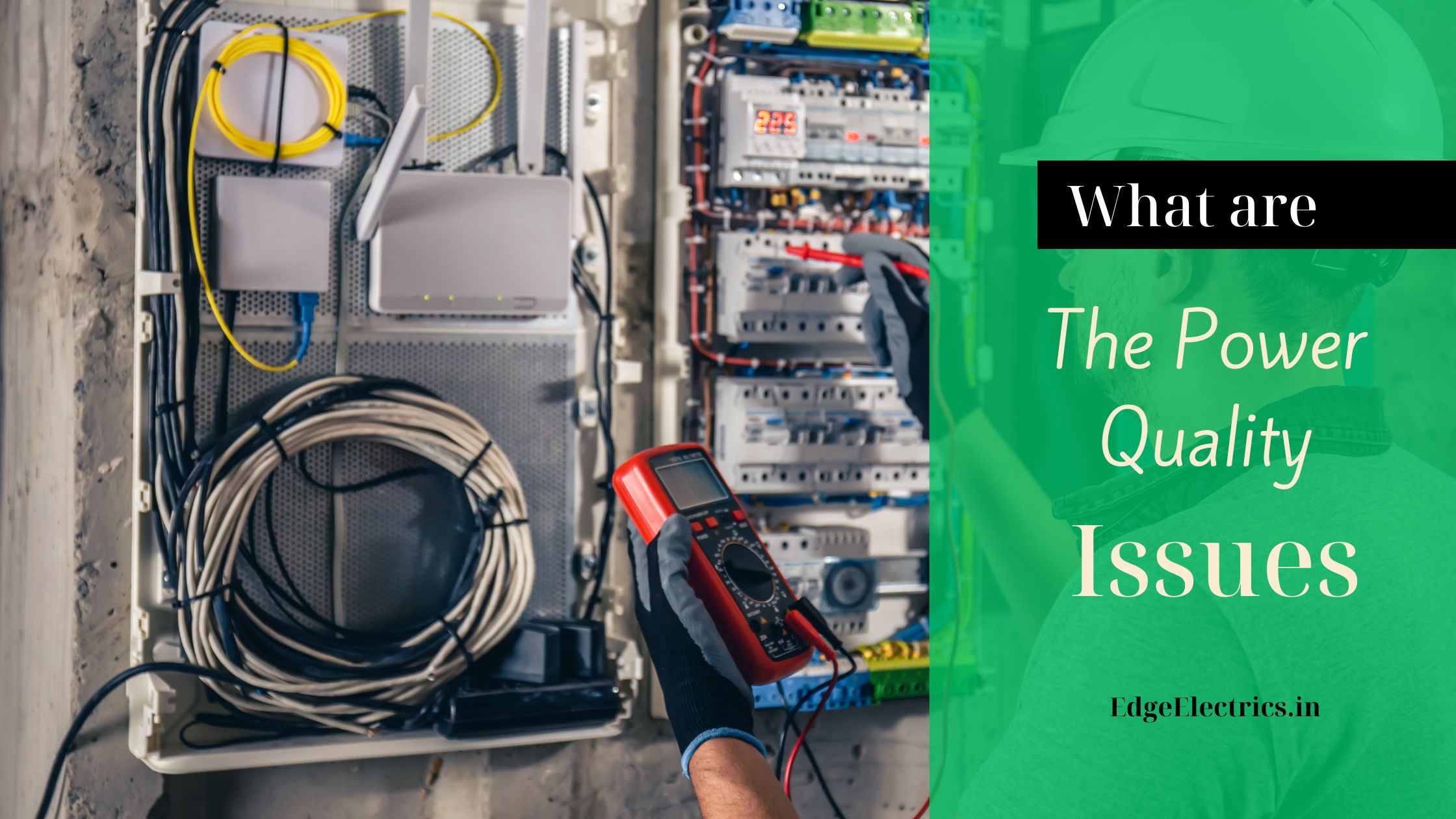
Power quality analysis is a crucial process in ensuring the efficient operation and reliability of electrical systems. As modern industries and households depend heavily on electronic equipment and automated processes, maintaining the quality of power has become more essential than ever. Power quality analysis aids identify, assess, and address issues that can affect the performance of electrical systems. Here we know about the Objectives of Power Quality Analysis.
Objectives of Power Quality Analysis
1. Minimising Downtime and Equipment Failure
One of the key objectives of power quality analysis is to detect and mitigate power disturbances that can cause equipment malfunction or failure. Poor power quality can lead to unexpected downtime, resulting in significant financial losses for businesses that depend on continuous operations. Power quality issues like voltage sags, surges, and harmonics can reduce the lifespan of equipment, causing overheating, misoperation, and damage. By analysing the quality of power, potential problems can be figured out early, allowing for timely corrective actions.
2. Improving Energy Efficiency
Another critical objective of power quality analysis is to optimise energy consumption. Power quality problems such as unbalanced loads or harmonic distortion, can cause inefficient use of electricity. For instance, harmonic distortions can lead to excess heating in electrical equipment, leading to higher energy consumption and wastage. By conducting a power quality analysis, it is possible to identify inefficiencies and implement solutions to develop overall energy efficiency, which translates into cost savings and a reduced environmental footprint.
3. Ensuring Compliance with Standards
Adhering to power quality standards is a priority for many industries, especially those in the manufacturing and service sectors. Power quality analysis ensures that systems comply with established standards, like IEEE 519 for harmonics or IEC 61000 for electromagnetic compatibility. Non-compliance can cause penalties, operational disruptions, or damage to sensitive equipment. Regular power quality assessments confirm that businesses meet regulatory requirements and maintain optimal performance.
4. Enhancing Power System Reliability
Reliability is a top concern for any electrical system, especially in industries where continuous power is critical. Power quality analysis aims to identify potential risks in the system like voltage variations, power factor issues, or transient disturbances. By analysing these risks, companies can take proactive measures to improve the reliability of their power systems, confirming uninterrupted operation and lowering the likelihood of costly outages.
5. Protecting Sensitive Equipment
Today’s electrical systems often include sensitive electronic devices, such as computers, medical equipment, and automated control systems, which are highly vulnerable to poor power quality. Power quality analysis helps to protect these devices by identifying potential disturbances like voltage dips, transients, or harmonic distortion, which could disrupt their operation or even lead to permanent damage. By addressing these issues, businesses can safeguard their sensitive equipment, preventing costly repairs or replacements.
6. Reducing Operational Costs
Uncontrolled power quality issues can significantly drive up operational costs. Enhanced maintenance expenses, premature equipment replacement, and higher energy consumption are just a few examples. By conducting regular power quality analysis, companies can implement corrective actions for instance installing power conditioning equipment or adjusting load configurations, which helps decrease operational costs in the long term.
7. Identifying Power System Weaknesses
Power quality analysis assists to highlight weaknesses in an electrical system as well. These weaknesses can include poorly designed installations, inadequate grounding, or insufficient load balancing. Addressing these issues can cause a more robust electrical infrastructure, which is less prone to disruptions and operates more efficiently.
Conclusion
The objectives of power quality analysis revolve around maintaining a stable, efficient, and reliable electrical system. Whether it’s protecting sensitive equipment, ensuring compliance, or decreasing operational costs, power quality analysis plays an important role in modern electrical infrastructure. For businesses and industries, investing in regular power quality assessments is significant for sustaining optimal performance and avoiding the pitfalls of poor power quality.
continue reading
Related Posts
Power Quality Disturbances are voltage sags, swells, spikes, fluctuation and […]
Maintaining Good Power Quality includes several important characteristics such as […]
Ensuring good power quality is crucial in electrical systems. As […]



